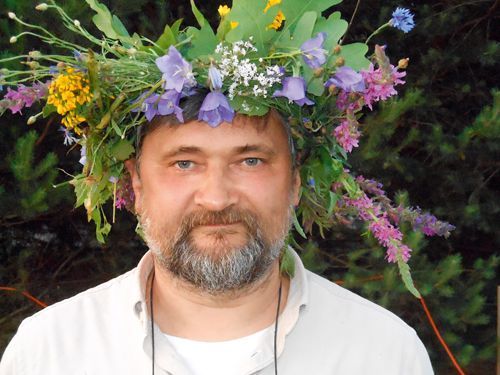Aneta Cichla ‘Eurobuild Central & Eastern Europe’: When we build, we take dominion of nature. We occupy the habitat of plants and animals. How can we make it up to them?
Andrzej Kruszewicz, ornithologist, director of Warsaw Zoo: The city is the quintessence of civilisation and grows out in all directions: up, down and across. When the city spills into fields and meadows, the wildlife disappears from it forever. They need an open space to live in and are unable to adapt to new conditions. The city also eats up the forests, but it does so slowly, e.g. through the creation of leisure areas. As a result, forest animals have actually learned to live alongside humans and are doing well. Most big cities are built upon rivers, so if we talk about preserving biodiversity in the city, we should think about its water- ways. They are the habitat of many species of birds. Sandbanks have been created on the Vistula in Warsaw, to allow birds to rest and nest. And this approach h































































